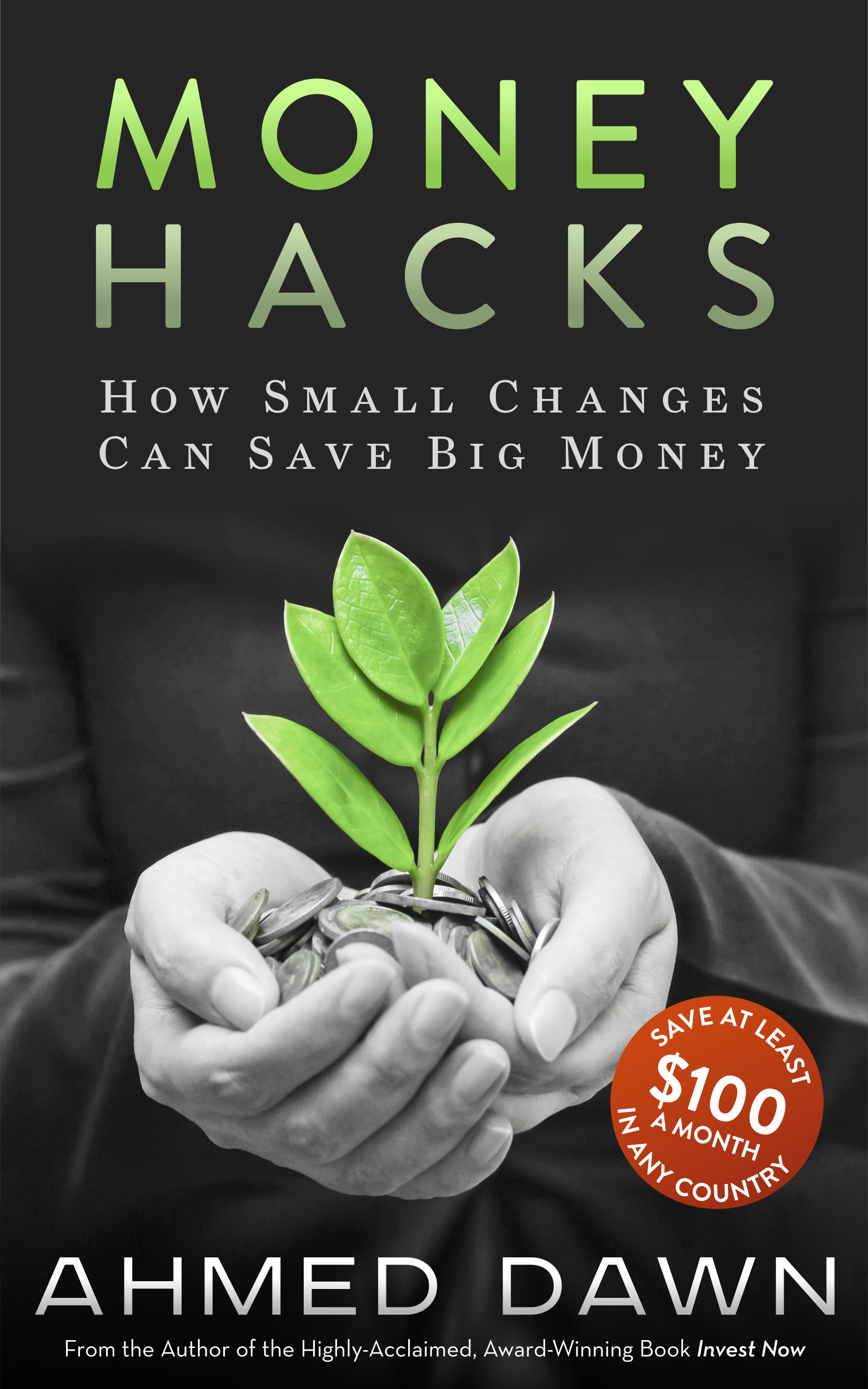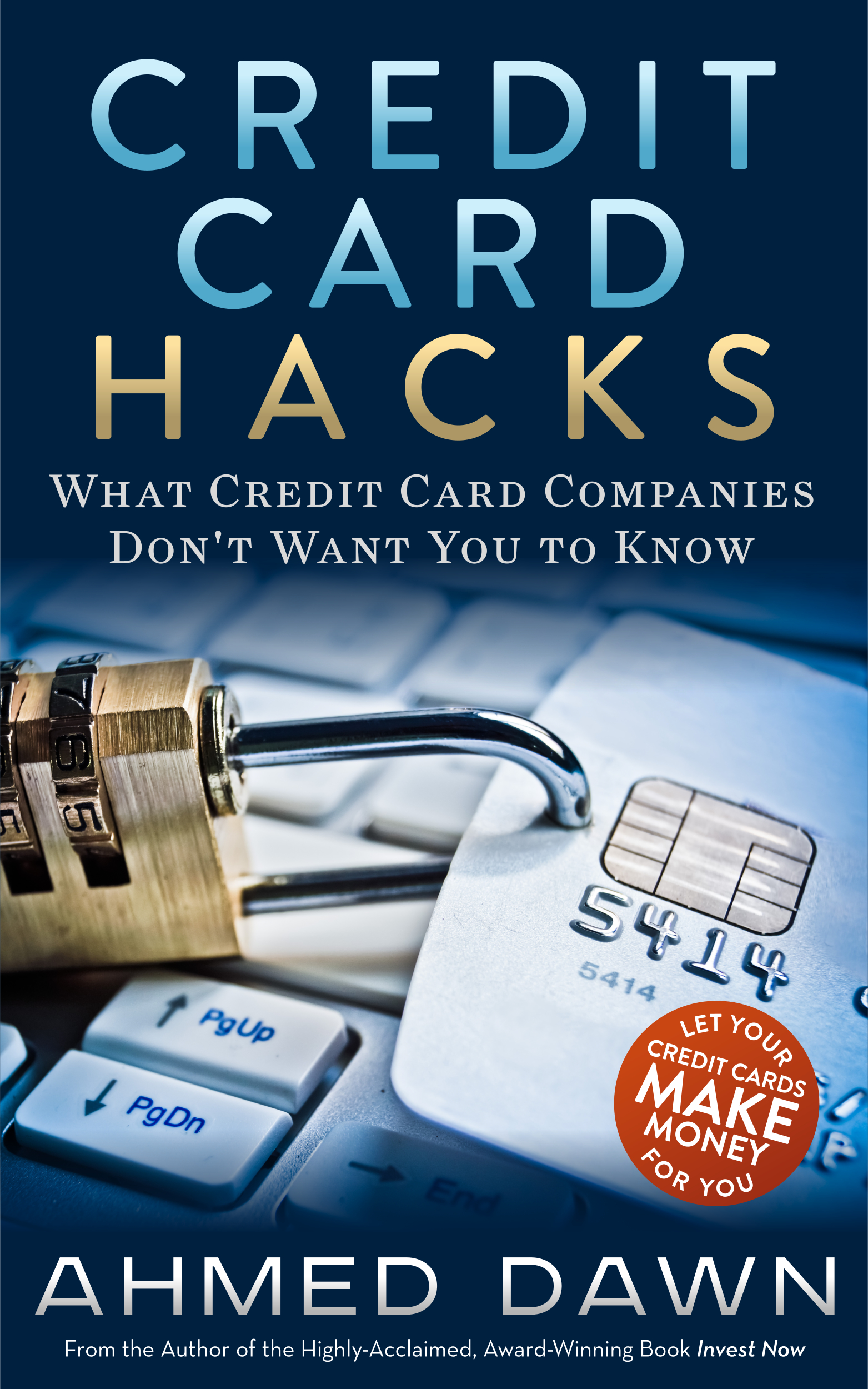How To Use AI To Created Perfect Malaysia Itinerary
/How AI Created My Entire Malaysia Itinerary: A Travel-Planning Experience with Google Gemini
Planning a multi-city trip across Malaysia can be a challenge, but I decided to let Google Gemini take the lead—and it turned out to be one of the smartest travel decisions I’ve ever made.
I started by asking Gemini a simple question: “What are the best things to see in Kuala Lumpur and Penang?”. It responded with a curated list of top attractions, from the Petronas Towers and Batu Caves in KL to George Town’s street art and Penang Hill. But the real magic began when I started customizing the list. I added places that matched my interests and removed others that didn’t appeal to me. Gemini adapted instantly, refining the suggestions with each conversation.
Once I had my must-see spots, Gemini built a day-by-day itinerary. I asked it to break each day into morning, afternoon, and evening segments, which made the schedule feel more manageable and realistic. It even matched activities based on where I was staying, pulling location data to ensure I wasn’t crisscrossing the city unnecessarily.
One of its most helpful features was Gemini’s ability to estimate travel times and directions. From my arrival at Kuala Lumpur International Airport, it mapped out how long it would take to reach my hotel, and how to get to each attraction—whether by train, Grab, or walking.
My itinerary includes 2 days in KL, followed by a trip to Penang for 3 days, and then 3 more days back in KL before flying to Malé in the Maldives. Every leg of the journey was planned with Gemini’s help, making sure I had time to explore, relax, and travel efficiently.
I plan to share this itinerary on my YouTube channel during the trip, showing how AI can transform travel planning into a personalized, stress-free experience. If you're planning a trip and want a smart assistant that listens and adapts, Gemini is worth trying.
💡 Tips for Using AI to Plan Your Trip
Start with broad questions like “What are the top things to do in [city]?”
Refine results by telling the AI your interests (e.g., food, history, nature).
Ask for day-by-day breakdowns and request time-of-day planning.
Share your hotel location so the AI can group nearby attractions.
Request travel times and directions to better manage your schedule.
Use follow-up prompts to simplify or adjust the itinerary as needed.
AI won’t replace your travel instincts, but it can definitely enhance them. If you’re planning a trip, give it a try—you might be surprised how much easier it makes everything.








